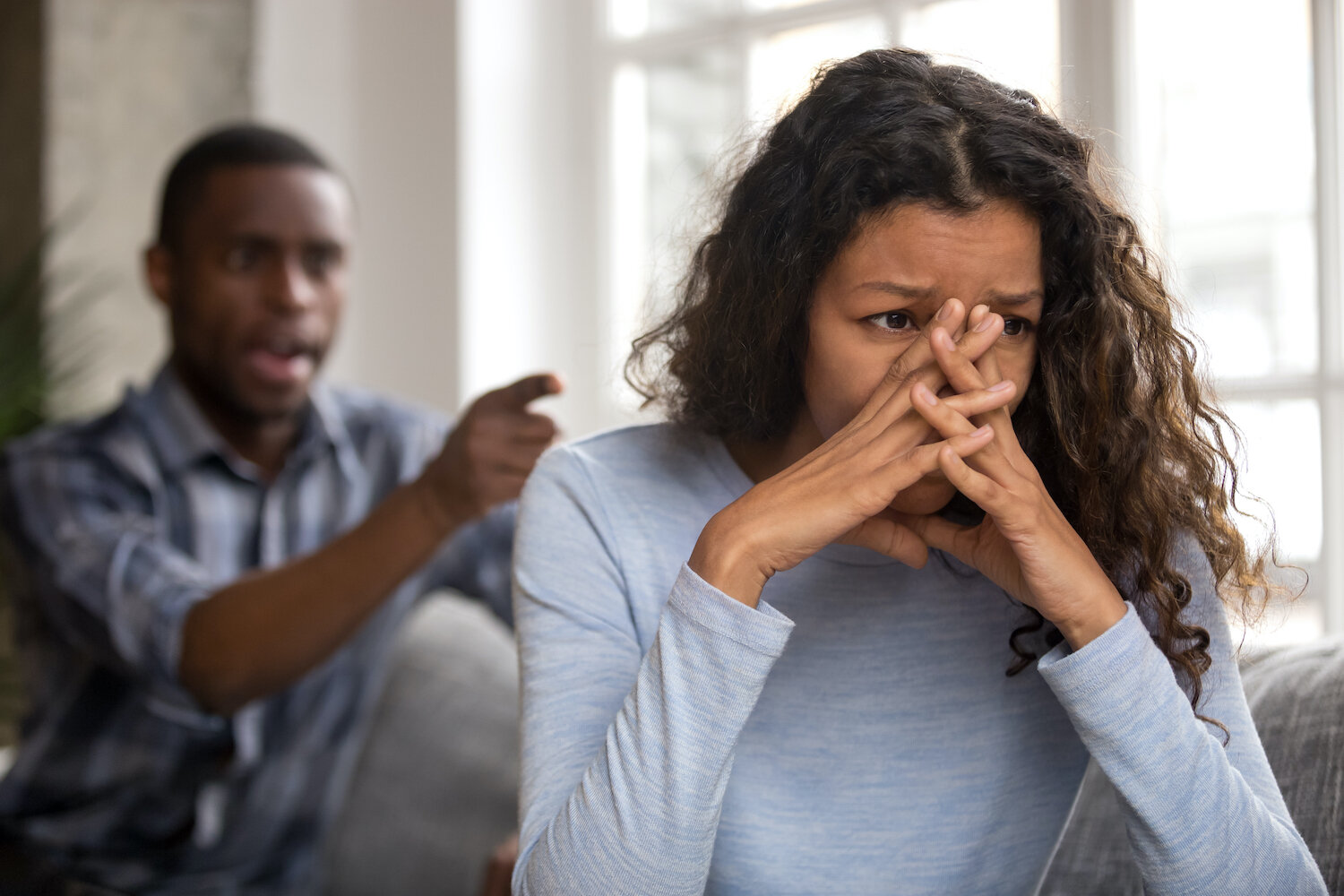Why Do the Anxious and Avoidant Attachment Styles Attract Each Other?
Why do the anxious and avoidant attachment styles attract each other? You may have heard of the anxious avoidant trap, where two people with different attachment styles in a relationship get entangled in a dance of disconnection where one withdraws while the other pursues.
The more the avoidant partner feels smothered and pulls away, the more the anxious partner feels anxiety and fears abandonment. The anxiously attached person craves more connection and closeness and feels triggered by the avoidant person pulling away. Meanwhile the avoidant person feels triggered by the anxious person's desire for closeness because they themselves value their independence and freedom and fear being consumed.
People who have been on both sides of this dynamic (i.e the Fearful/Disorganized style) in different relationships describe that being in the anxious role feels like intense agony punctuated by moments of bliss, whereas being in the avoidant roll feels sort of blah.
This is frustrating and uncomfortable for both parties, so why does this happen? Why doesn't the anxiously attached person find someone who will give them the love and connection and intimacy that they desire without pulling away? Why doesn't the avoidant person find someone who will give them their freedom and space and meet them in a way that is comfortable for them?
We're all trying to get love, and early childhood experiences shape our idea of what love feels like. If someone grew up in a family where relationships were fraught with emotional or physical abuse, they often seek out abusive relationships as adults, not because they enjoy being abused, but because their brain has interpreted these dynamics as love.
If a parent tended to pull away or go silent, this got encoded as relationship normalcy. If parents were avoidant, someone might become avoidant themselves… or they might date avoidants to try to reclaim that missing parental affection. It’s as if they have to “earn” their love from a partner because that’s what they’re used to doing with a parent. And the fact that the missing love is hard to earn just reinforces the anxious person’s core belief that love is hard to attain.
In a way, our brains are more comfortable with what is familiar than what is pleasant. We are pattern matching creatures — when our brain recognizes a pattern that is familiar, it can identify it. It takes conscious work to break these patterns that have developed over time. By working through our triggers, we heal and can create fulfilling and satisfying relationships that don't involve constantly chasing and being pursued.
You might also consider that we attract what helps us to heal from the past. We are often trying to heal a wound from early childhood, and unconsciously seek out partners and experiences that help us to do that.
The anxious partner hopes that if they just keep trying, their avoidant partner will open up emotionally. The inconsistency they experienced in the past from an attachment figure will be soothed, because they will finally feel worthy of love and not fear abandonment. However, their avoidant partner’s distance triggers their anxiety even more, activating that fear of abandonment.
The avoidant partner finds it compelling that someone is working so hard for their love; they can keep their emotional distance while feeling desired. Often they had caregivers who taught them to be self-reliant and suppress emotional vulnerability. They’re trying to heal this wound by finding a relationship where they can feel connected and loved for who they are without sacrificing their autonomy or freedom. They hope that the anxious partner will respect their need for space, but pursuit activates their fear of engulfment.
The anxious partner therefore becomes focused on their avoidant partner in a very poignant and painful way, but this focus is not returned.
All of this can play out within the context of powerful, immersive, some even say mind-blowing chemistry. In fact, we know that those love chemicals can feel as powerful as drugs. Endorphin is short for endogenous morphine, after all.
But before you despair that you'll never find someone with chemistry as good as your past anxious or avoidant partners, know that chemistry in a secure functioning relationship can be amazing as well. And most everyone has the capacity to boost their secure attachment.
How to avoid the Anxious Avoidant trap
The easiest way to avoid the anxious avoidant trap is to avoid dating someone who has an attachment style that is polar opposite of yours. If you are an extremely anxious style, dating an extreme avoidant is likely to be challenging, and vice versa — especially while you were still healing your attachment trauma. That being said, couples do manage to make relationships work when they are different styles, so how is that possible?
First, people who make anxious and avoidant relationships work are typically interested in personal growth or already have some amount of secure attachment in their attachment makeup, or both.
Second, they make allowances for each other's attachment styles. The anxious person can recognize that their avoidant partner has a tendency to withdraw when they feel chased, and can pull some energy out of the relational field. What's important is to avoid becoming negative or passive aggressive, instead focusing on their own projects, friends, and passions, and increasing their own sense of self-worth. This gives the avoidant partner a chance to settle their attachment system, and prevents the pursuer-distancer dynamic from continuing. The anxious partner can also practice self soothing techniques to calm the underlying fear of abandonment. See 3 Ways to Manage Anxious Attachment When Your Date or Partner is Pulling Away.
The avoidant partner can make accommodations by noticing their own withdrawal reaction, and working on their underlying triggers. They can work on understanding their partners fear of abandonment, and recognizing that their own withdrawal reaction is contributing to their partner's fear. They can also work on embracing vulnerability and intimacy, detangling closeness from lack of autonomy.
Ultimately as people heal their attachment wounds, many tend to avoid the anxious avoidant trap as it doesn't serve them or contribute to feelings of security and happiness.
Would you like additional strategies for more secure attachment in your relationships?
Join my newsletter to receive regular attachment and relationships tips — typically 1-3 times per month.
Get help with my step-by-step attachment guide — 10 Ways to Build Secure Attachment & a Fulfilling Relationship — which is just one set of strategies you’ll receive!


